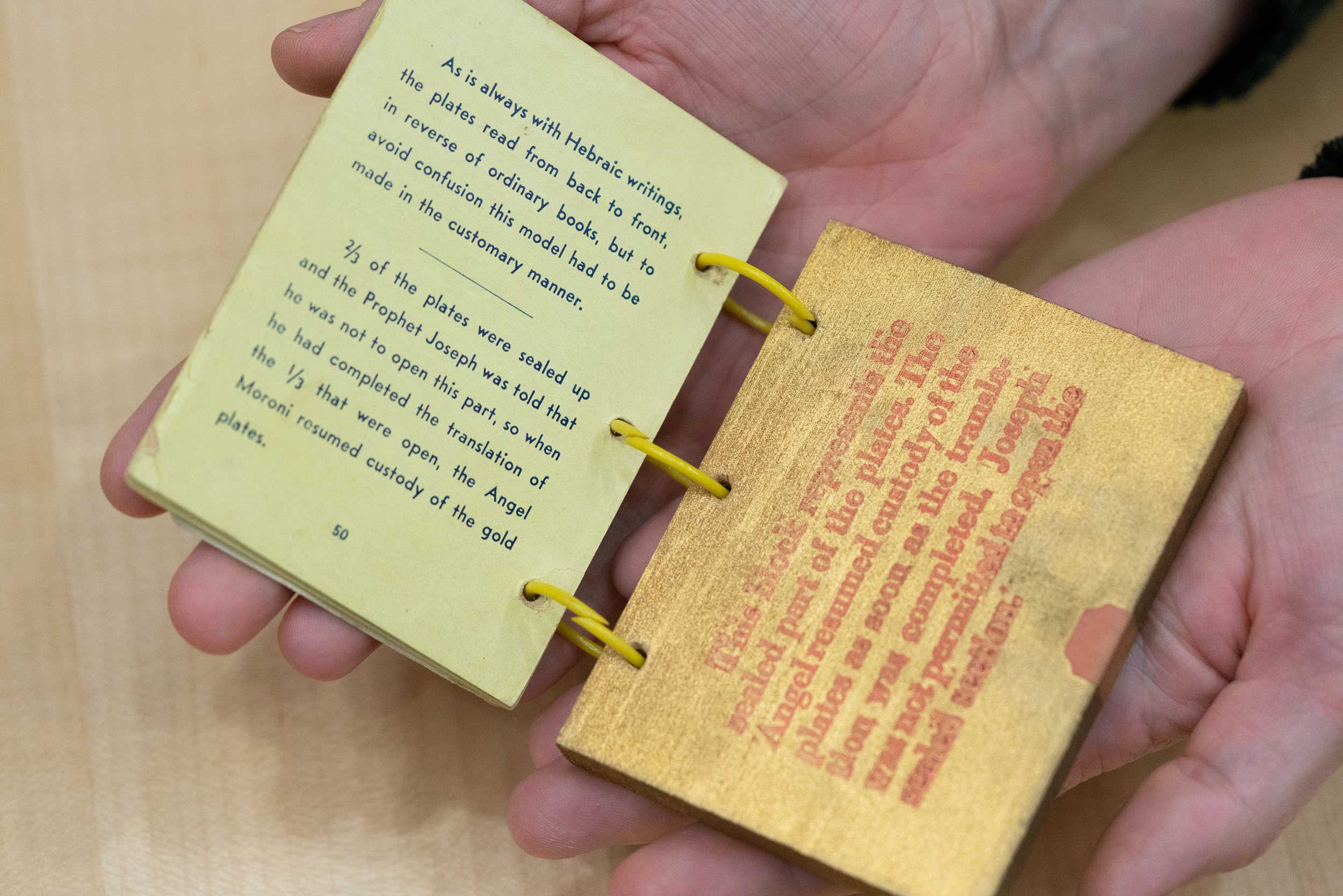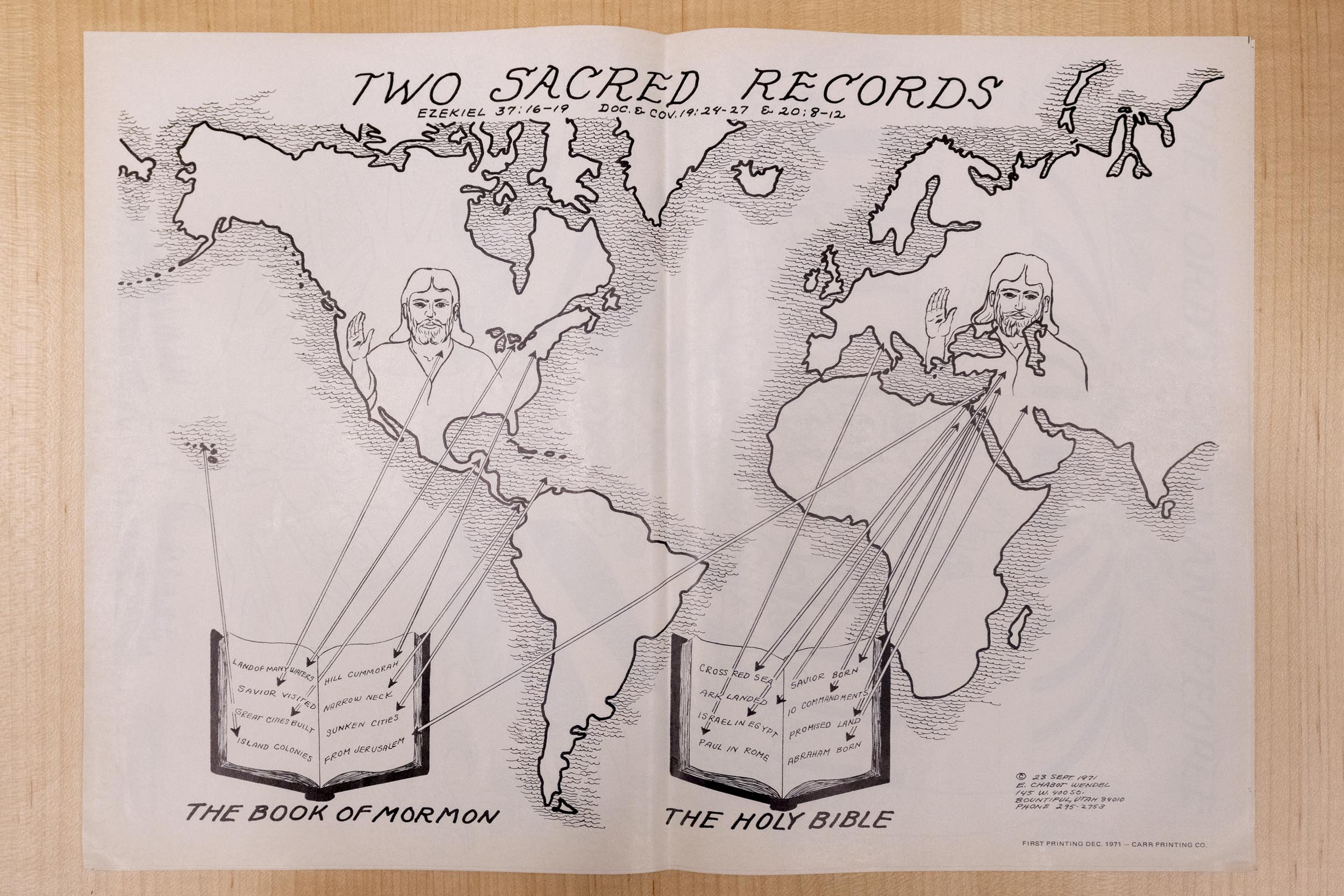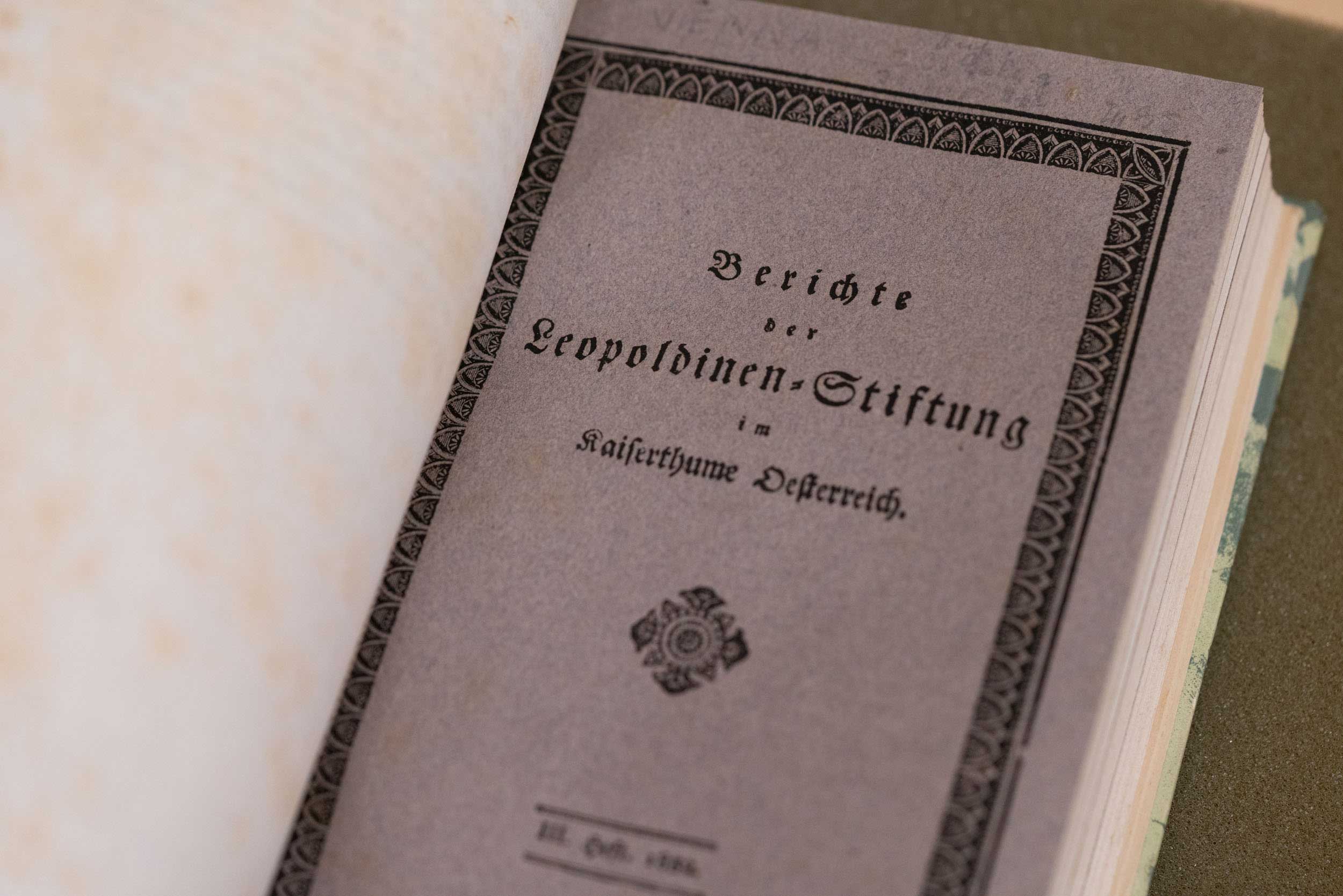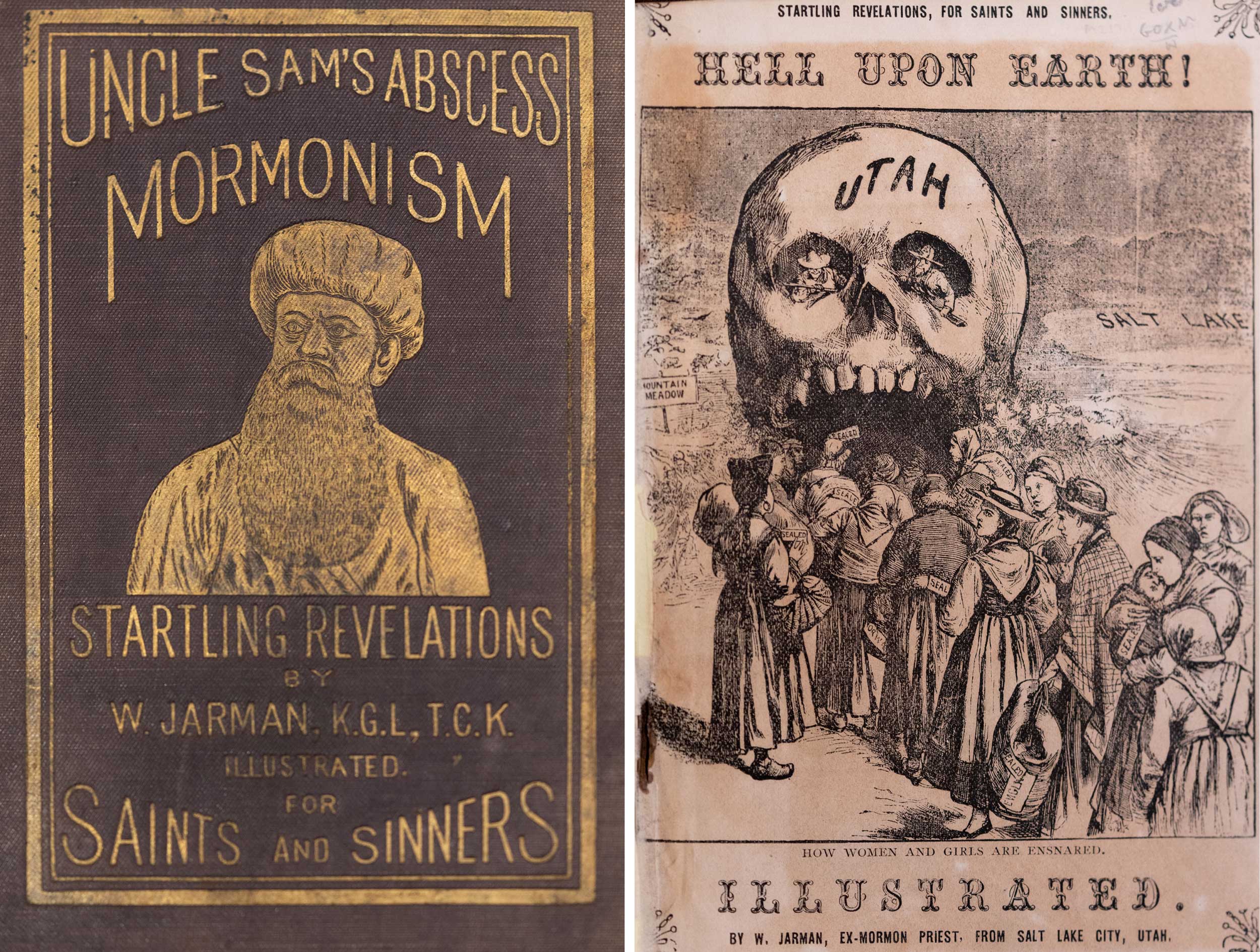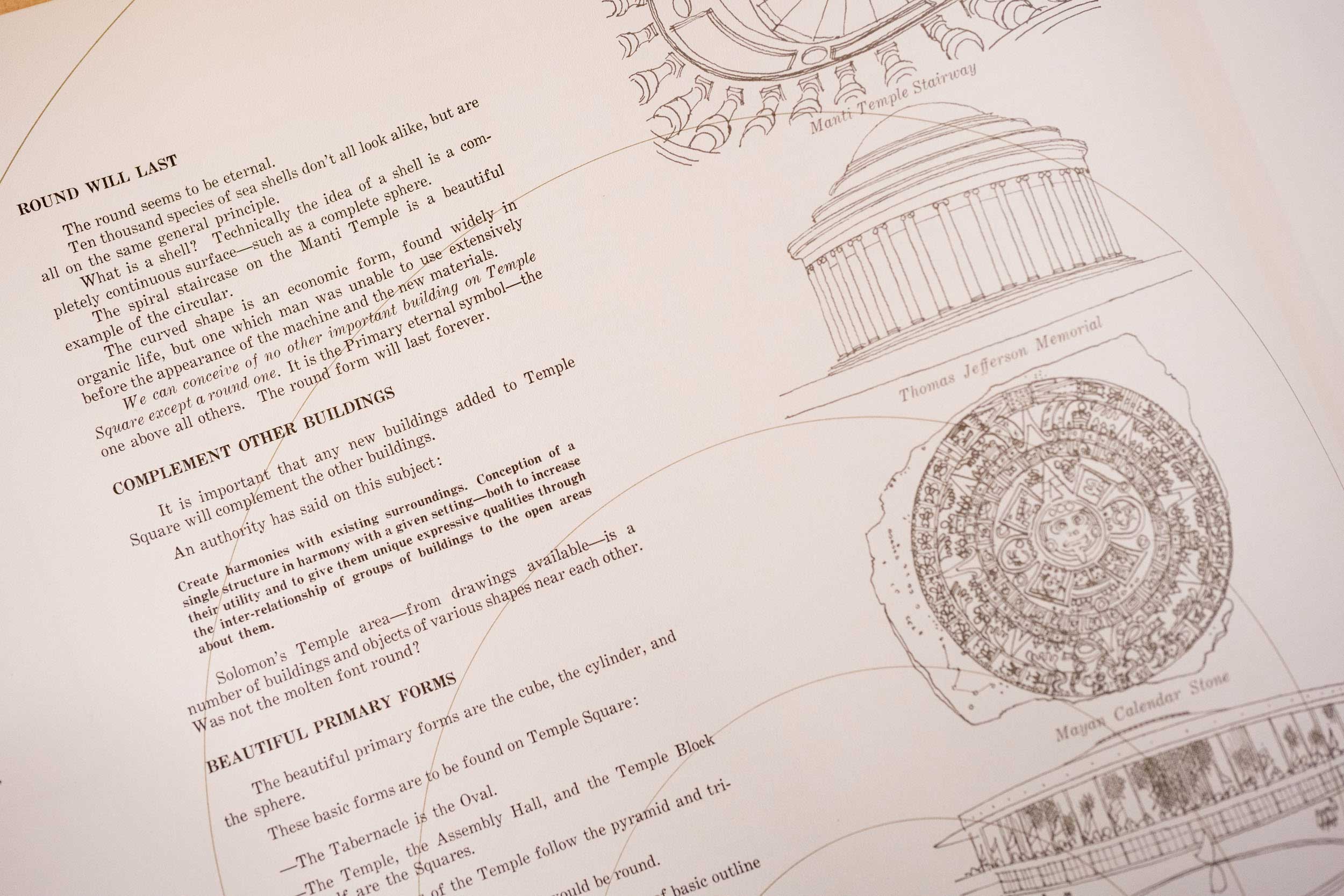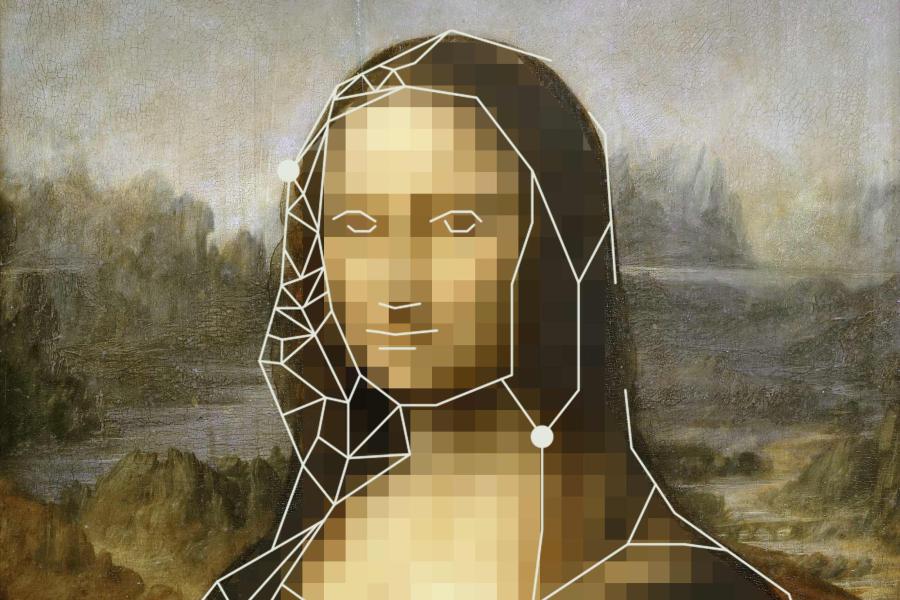Beehive Girls handbooks for Mormon girls. Designs for a Rotunda-shaped building in Salt Lake City’s Temple Square. A miniature model representing the gold plates of the Book of Mormon.
These are examples of more than 10,000 books and other print materials from the collection of scientist and Latter-day Saint historian Gregory A. Prince presently being installed in the UVA Library collections. While the collection covers Mormonism’s entire history, its unique strength is in 20th-century history of the Church of Jesus Christ of Latter-day Saints.
The donation, a major collaboration between the UVA Library and the College and Graduate School of Arts & Sciences, makes UVA the leading site for the study of Mormonism outside of Utah with such an extensive research collection covering the range of Mormondom, including the history and culture, several scholars said.
“With the gift of the Gregory A. Prince Collection, the UVA Mormon Studies Program is poised to provide the leadership needed for a new generation of students and researchers of Mormonism,” Kathleen Flake, UVA’s Richard Lyman Bushman Professor of Mormon Studies, said. “Built over a lifetime of research in, and writing about, Mormonism, it is widely recognized as one of the finest private collections in the world. In terms of 20th-century materials, it is unique.”
